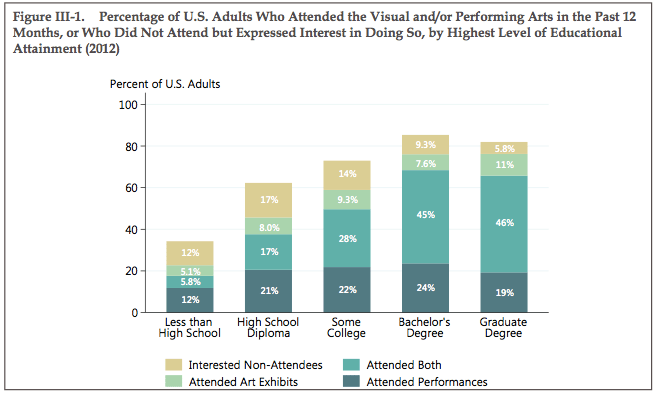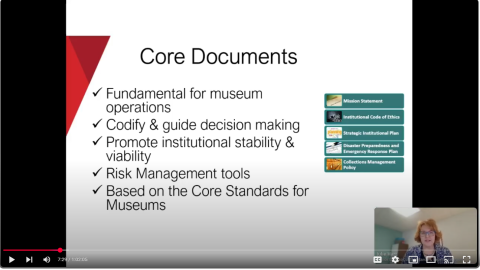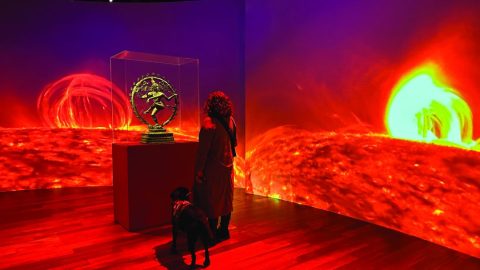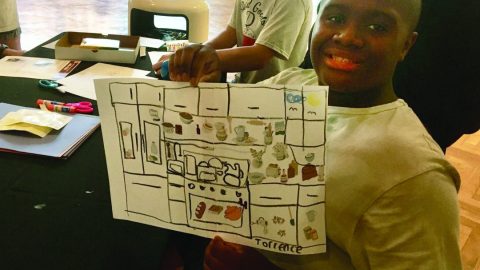
Monday musings are my way of sharing brief, off-the-cuff thoughts about something I have read recently, both to help clarify my thinking an in the hopes of generating discussion and response. I give myself 15 minutes or so to jot down a summary of the article(s) stuck in my brain, and outline why I think they may be important.
Three recent articles are colliding in my brain:
First, coverage of Michelle Obama’s speech at the opening of the new Whitney Museum, at which she said
“You see, there are so many kids in this country who look at places like museums and concert halls and other cultural centers and they think to themselves, well, that’s not a place for me, for someone who looks like me, for someone who comes from my neighborhood. In fact, I guarantee you that right now, there are kids living less than a mile from here who would never in a million years dream that they would be welcome in this museum. And growing up on the South Side of Chicago, I was one of those kids myself. So I know that feeling of not belonging in a place like this. And today, as First Lady, I know how that feeling limits the horizons of far too many of our young people.” (Here is the transcriptof the whole talk.)
Second, an article on Blouin Art Info on “The Price of Admission: The New Whitney and Museum Tickets in New York,” in which Mostafa Heddaya does some nice work tracking the history of admission fees at some major New York museums, and calculating change over time in real dollars. (It blew me away to learn the Whitney charged $1 for admission in 1971, and the Met $1.75. Those prices are $22 and $25 respectively, today.) The article profiled the views of a number of prominent arts leaders (including Alliance Board Chair Kaywin Feldman) who advocate making admission to museums free. ““Accessibility is our most important value here — the only way to be truly accessible is to be free” Ms. Feldman is quoted, “When the price barriers are moved people can make visiting a museum a regular habit.”
If you just read these two articles together, your mind might make the logical leap that it is financial barriers that suppress diversity in museum attendance. If museums were free, we would be equally accessible to people from all socioeconomic classes, right?
Well, but. Here’s where the third article plays in, a long and thoughtful piece titled “Why Don’t They Come?” by Ian David Moss, Louise Geraghty, Clara Schuhmacher and Talia Gibas at CreateEquity. (If you don’t follow their work, I recommend you do, starting with this article.) Ian et al. mined data from the latest NEA Survey of Public Participation in the Arts (as well as comparable studies from other countries), the NEA analysis of data from the General Social Survey, and consumer spending surveys. These various data sources look at arts participation and barriers to participation, leisure time and use of leisure time, all parsed by socioeconomic status.
Their conclusion? If every exhibit and performance in the US could be attended for free, it would only bridge 7% of the gap in attendance between rich and poor, and between those who attended college and those who did not. Even eliminating transportation barriers leaves a chasm between arts participation between people with low socioeconomic status (SAS) and the rest of the population. This despite the fact that low-SAS people have more leisure time, on average, than people with higher incomes and more education. So what does keep low-SAS people away? “Lack of explicit interest is far and away the dominant factor” the authors conclude. And what are they doing with the time they don’t spend on arts-related activities? Watching TV—with hours spent on the tube correlating with lack of expressed interest in attending exhibits or performances.
 |
|
Source: National Endowment for the Arts, “When Going Gets Tough”
|
Which leaves museums wondering, as the article asks, why low SES individuals “just aren’t into us.” Perhaps because TV satisfies their desire for content (in which case—deal with it. If we can’t provide a more compelling experience than TV, it’s on us to up our game). But maybe in part because going to museums, or not going to museums, is something deeply embedded in self-image. The CreateEquity authors point to data showing that even within the same income range, people who self-identify as middle or upper class are much more likely to attend exhibits or performances than people who identify as working class. So, back to Mrs. Obama’s remarks, many people may feel that museums are just “not a place for me.” That’s a much harder barrier to tear down than price. Free admission may well facilitate repeat visitation by non-members who already fit our core demographic, which is also a good thing. The real economic issue for museums that want their audiences to reflect the socioeconomic diversity of our country, however, may not be abolishing admission fees but figuring out how much we have to spend, and on what, to become institutions where people feel they “belong.”









This is a fascinating analysis. Thanks for sharing it!
Australian resource funded by 26ten grant to promote literacy tries to address fears of new family visitors. See http://www.matasmania.com/resources
Thanks for the link to the resource, Helen. For others interested in checking that out, note that the full address is http://www.matasmania.com/resources.html
My reaction on reading the "Make Museums Your Own" PDF is "ack! If I wasn't sure I wanted to go to begin with, this set of rules and regulations would sure turn me off."
"Don't cross the line"
"do not touch the object"
"keep your children in sight"
"no food or drink"
Wrapped in somewhat friendly language, but still–
The document seems to be focused on making sure that if people do come, they follow the rules, not on convincing them a visit would be a fun thing.
I suspect a message designed to spark an interest in coming at all has to be pitched to where low SES individuals are already spending a lot of their time. The research I cite in the post suggests one good candidate for this is TV. Other than Friends (Ross was a paleontologist), are there/were there any popular TV shows that have a recurring reference to museums? When our sector does appear in tv or film, it's usually in scenes that reinforce the stereotypes reflected in the rules above. We face a hard, uphill slog to tackle this challenge.
It's fascinating that you note in your comment the reinforced stereotypes in popular media. As an archaeologist (and museum curator), I have seen discussions on the theme of "how do we convince the public we are more than a pop culture/Indiana Jones meme?" taking place often lately. Especially with the upswing in recent tv shows along the lines of "Diggers" – reinforcing a popular stereotype of archaeologist as looter, with no reference to methodology, best practices, or ethics. I have started asking how we change this normalized stereotype, allowing the public access to the field to begin conversations about methodology, etc. But the question remains – how do we reach the public if we can't get them through the door?
I think another key aspect of the discussion needs to be the representation of different groups *within* organizations. Perhaps in part influenced by popular media, the composition of the field (as I've seen at both museum and archaeology conferences) is generally white and middle- or upper-class folks. Maybe we should be asking not only why certain groups feel museums are not a place for them, but also why museum careers or museum studies programs are not a place for them?
Regarding stereotypes in popular media, Sally Shelton (South Dakota School of Mines and Technology, Museum of Geology) did a series of killer presentations on museums in pop culture, including films, murder mysteries and romance novels. If I remember her conclusions correctly, according to Hollywood, the only people who work in a museum are the director, who is a pompous ass, the dashing curator, the beautiful young intern (whose life will be in jeopardy at some point) and of course security guards, who will get killed. We do need better (and more diverse) press.
Regarding diversity, the current graduates of museum studies programs are 80% white and 80% female. I hope some of these programs are researching why they don't have more diverse applicants. Meanwhile, I think that to recruit more diverse staff, museums are going to have to develop new pipelines rather than wait for the universities to solve the problem. And given the levels of student debt that go with getting a masters degree (particularly when weighed against job prospects and starting salaries) that my be a good thing all round.